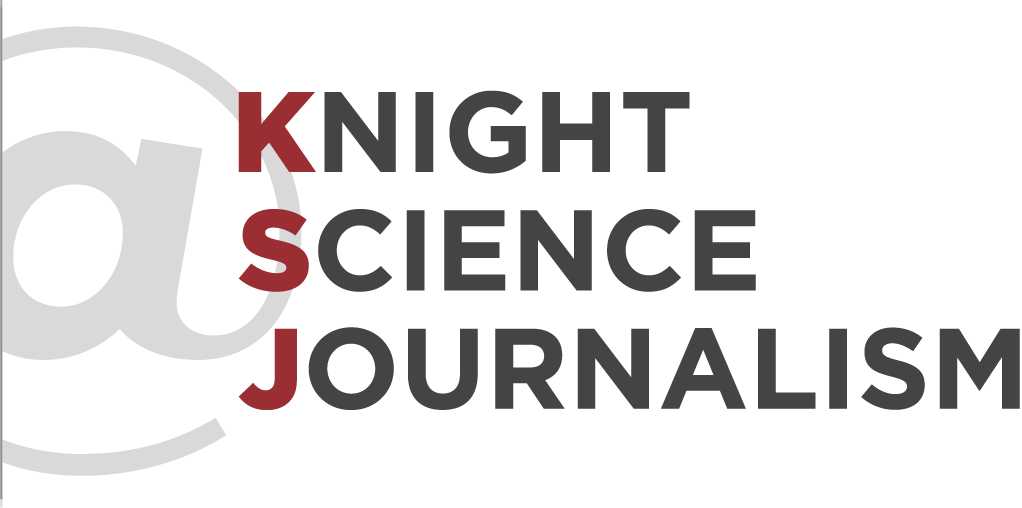
Yesterday, the actress Angelina Jolie, in a smart bit of public relations, revealed in an op-ed in The New York Times that she recently had a double mastectomy because she carries a gene known to confer a particularly high risk of developing breast cancer.
It was smart because it allowed her to control the story, to reach doctors and healthcare groups, and to avoid public appearances. (Although I'm sure we're all eagerly waiting for the Oprah interview.) Jolie has attempted a tough balancing act. The public-health challenge here is to alert women to the importance of knowing their risks without causing undue concern or prompting some women to get treatment they don't need.
Her mother, she wrote (or somebody wrote under her name),"fought cancer for almost a decade and died at 56." She then notes that she carried "a 'faulty' gene, BRCA1, which sharply increases my risk of developing breast cancer and ovarian cancer." Her doctors told her she had an 87 percent risk of breast cancer (many subsequent articles said that sounded too high, that 65 percent was closer to the average risk of BRCA1) and a 50 percent risk of ovarian cancer, "although the risk is different in the case of each woman." And she continues:
I wanted to write this to tell other women that the decision to have a mastectomy was not easy. But it is one I am very happy that I made. My chances of developing breast cancer have dropped from 87 percent to under 5 percent. I can tell my children that they don’t need to fear they will lose me to breast cancer.
And with that, a tidal wave of coverage began.
The Times, which broke the story by accepting Jolie's op-ed, followed up this morning with a page 1 story written by no fewer than three reporters, which begins by repeating Jolie's message in the op-ed a day earlier, and goes on to note that BRCA1 mutations are rare and about 30 percent of women with BRCA mutations (BRCA2 is also associated with increased risk) choose to have preventive mastectomies.
Beyond that, the article–by Denise Grady, Tara Parker-Pope, and Pam Belluck—meanders. It wants to say that Jolie's decision is problematic, to back up the headline that says, "Jolie’s Disclosure of Preventive Mastectomy Highlights Dilemma."
But there does not seem to be a dilemma here. "Breast cancer experts and advocates applauded the manner in which Ms. Jolie explored her options and made informed decisions" the reporters write. Where is the dilemma? Nobody says she shouldn't have done it.
The reporters also write that many women who do not have BRCA mutations are likewise seeking preventive mastectomies, in what the reporters called "a virtual epidemic." That assertion is not attributed. I don't know whether it's true, but I would be more likely to believe it if it were backed up with attribution and evidence–perhaps a link to a study or two.
They also write that "for women's health advocates, the trend toward double mastectomies in women who do not have mutations is frustrating." That's beside the point; we are dealing here with a woman who has a mutation. And frustration does not create a dilemma.
The Reporting on Health newsletter out of the USC Annenberg journalism school links to a variety of articles, including one at NBCNews.com by Maggie Fox and JoNel Aleccia that reports that preventive mastectomies "have increased by an estimated 50 percent in recent years," but it doesn't say how many women are getting them. Is the increase from 100 women to 150, or 10,000 to 15,000? And how many of those have BRCA mutations?
Further, the NBC story quotes Todd Tuttle, chief of surgical oncology at the University of Minnesota, who says, "In Jolie's case, her decision was 'absolutely indicated,'" meaning it was beyond question the right thing to do.
Sarah Kliff in The Washington Post tries to find a dilemma elsewhere, in the question of whether Jolie should have had the genetic screening that revealed her breast-cancer mutation. The test costs "as much as $3,000," she reports, and it's not appropriate for most women, because BRCA mutations are uncommon. But again, there doesn't seem to be any controversy here; nobody is arguing for widespread screening for the mutations.
At bigthink.com, David Ropeik deftly explores the issues surrounding cancer awareness and cancer phobia, without trying to stir up some sort of dilemma or controversy. "There is no right or wrong answer to how people ought to make choices about cancer, except the choice each individual feels is right for them. Every diagnosis is unique. Every person is unique," he writes.
By all accounts, Jolie made a smart medical decision. And most commentators praised her for publicly discussing her experience.
Public health messages are tricky to calibrate. If they are even slightly off the mark, they can terrify people or produce a false sense of calm. For an actress, Jolie (who certainly had help) did a pretty good job of calibrating her message.
Those who are looking for controversy should look elsewhere.
-Paul Raeburn


Leave a Reply